Have you ever found yourself in a bind, with plans for a day of leisure on the golf course but no key to start your golf cart? You are not alone! Many golf cart owners face this dilemma at one point or another. Whether you’ve misplaced your key or the key fob isn’t working, starting your golf cart without a key might seem complicated. However, fear not! This guide will walk you through several methods you can use to get your golf cart running again.
Understanding Golf Cart Ignition Systems
Before diving into the various methods for starting your golf cart without a key, it’s essential to understand how golf cart ignition systems work. Most modern golf carts use either a key ignition system or a keyless ignition system, which can introduce different challenges when you’re in a keyless situation.
Key Ignition Systems
-
Basic Key Ignition: This type requires a physical key to turn the engine on. Usually, when this key is missing or damaged, you cannot start the cart.
- Electronic Key Fob: Some high-end models use a key fob that operates through radio signals. These fobs can fail or run out of battery, preventing ignition.
Keyless Ignition Systems
Some carts use a simple push start or a turn-to-start system that can often be hijacked with common items if needed.
Methods to Start a Golf Cart Without a Key
Here are a few methods to try when you find yourself without a key.
Method 1: Using a Screwdriver
In some older golf carts, you can start the engine by using a flat-head screwdriver. Follow these steps:
- Locate the Ignition Switch: Open the dashboard and find the ignition switch.
- Insert the Screwdriver: Insert the screwdriver into the ignition slot where the key usually goes.
- Turn the Screwdriver: Gently twist the screwdriver as you would a key to engage the ignition.
Note: This method might not work on all models. Please use caution and only attempt on your own property.
Method 2: Bypass the Ignition with Wires
If the screwdriver method isn’t viable, you can bypass the ignition switch using wires. This method requires some basic electrical skills, so proceed with caution:
-
Access the Ignition Wires: Remove the ignition cover to expose the wires (be sure to disconnect the battery before working).
-
Identifying Wires: Here are the typical wire colors:
- Red: Power
- Black: Ground
- Green/Blue: Starter
-
Connect Wires:
- Twist the red wire and black wire together to give power.
- Tap the green/blue wire briefly to the red wire for a start.
- Reassemble Everything: Disconnect everything softly after starting and ensure everything is secure.
Caution: This is only temporary and should not be attempted by those unfamiliar with car wiring.
Method 3: Hotwire Your Golf Cart
Hotwiring is a more advanced and risky method, mostly applicable to older models. Here’s how to do it:
-
Prepare Your Tools: Use a pair of wire strippers and pliers.
-
Locate the Right Wires: Remove the ignition cover and look for the wires as noted previously.
-
Strip the Ends: Strip about half an inch from the ends of the necessary wires (usually the same color wires).
-
Connect Wires: Twist the master power wire with the ignition wire.
- Start the Cart: After they are twisted, the cart should start. Again, this method is not recommended for those without electrical experience.
Method 4: Contacting a Professional
If all else fails, the best option may be to contact a professional locksmith or a golf cart dealership. They can create a new key for you based on the cart’s VIN.
Key Takeaways
- Understand your ignition system: Knowing whether your golf cart has a key ignition or keyless setup can simplify the process.
- Use simple tools: A screwdriver can sometimes bypass the ignition in older models.
- Hotwiring is complex: Only attempt hotwiring if you have experience with electrical systems.
- Professional help: When in doubt, always consult a professional.
Frequently Asked Questions (FAQs)
1. Can I start a golf cart without a key?
Yes, you can start some models without a key using methods like hotwiring or using a screwdriver, but this may vary based on the model.
2. Will using a screwdriver damage my golf cart?
Using a screwdriver might cause damage if you’re not careful. Always proceed with caution and know your specific model.
3. Is hotwiring safe?
Hotwiring is a risky method and can cause electrical issues if not done correctly. Only try this method if you have experience.
4. How much does it cost to get a new key made for my golf cart?
The cost can vary widely. Typically, prices range from $10 to $100, depending on the locksmith or dealership.
5. What if my key fob won’t start the golf cart?
Replace the battery in the key fob, or if it still doesn’t work, consider contacting a dealership for help.
6. Are there aftermarket ignition systems available?
Yes, there are many aftermarket options available, including push-button ignition systems. Check compatibility with your model before purchasing.
7. Can I prevent losing my key again?
Yes! Consider key tracking devices and always have a spare key kept in a safe place.
8. What models are prone to ignition failure?
Typically, older golf carts with basic key systems can be more prone to ignition failure.
In summary, starting a golf cart without a key can be done with several methods, ranging from simple tools to more complex wiring techniques. While the latter can lead to potential issues, understanding your golf cart’s system is key. Remember, when in doubt, always consult a professional for help. Happy golfing!
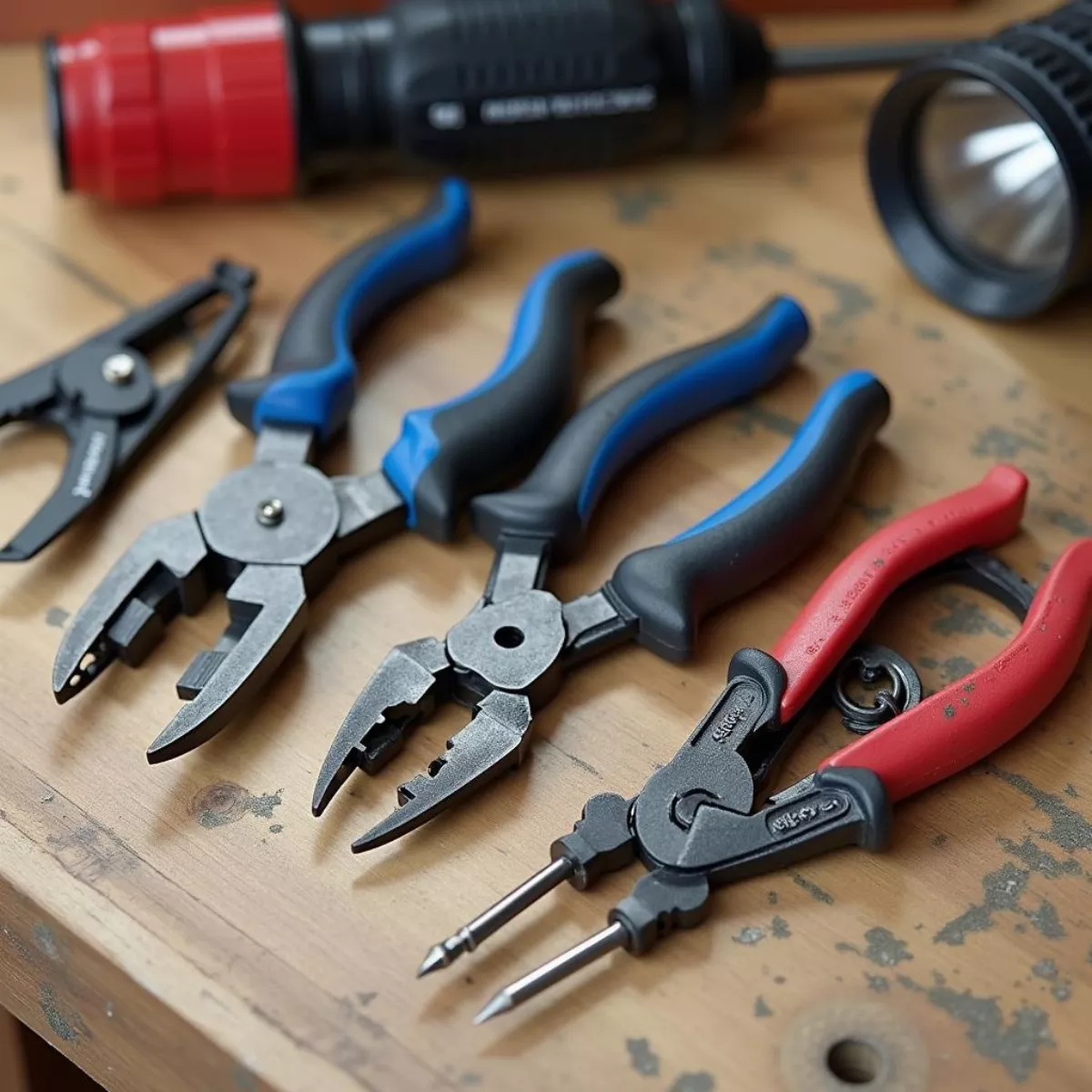
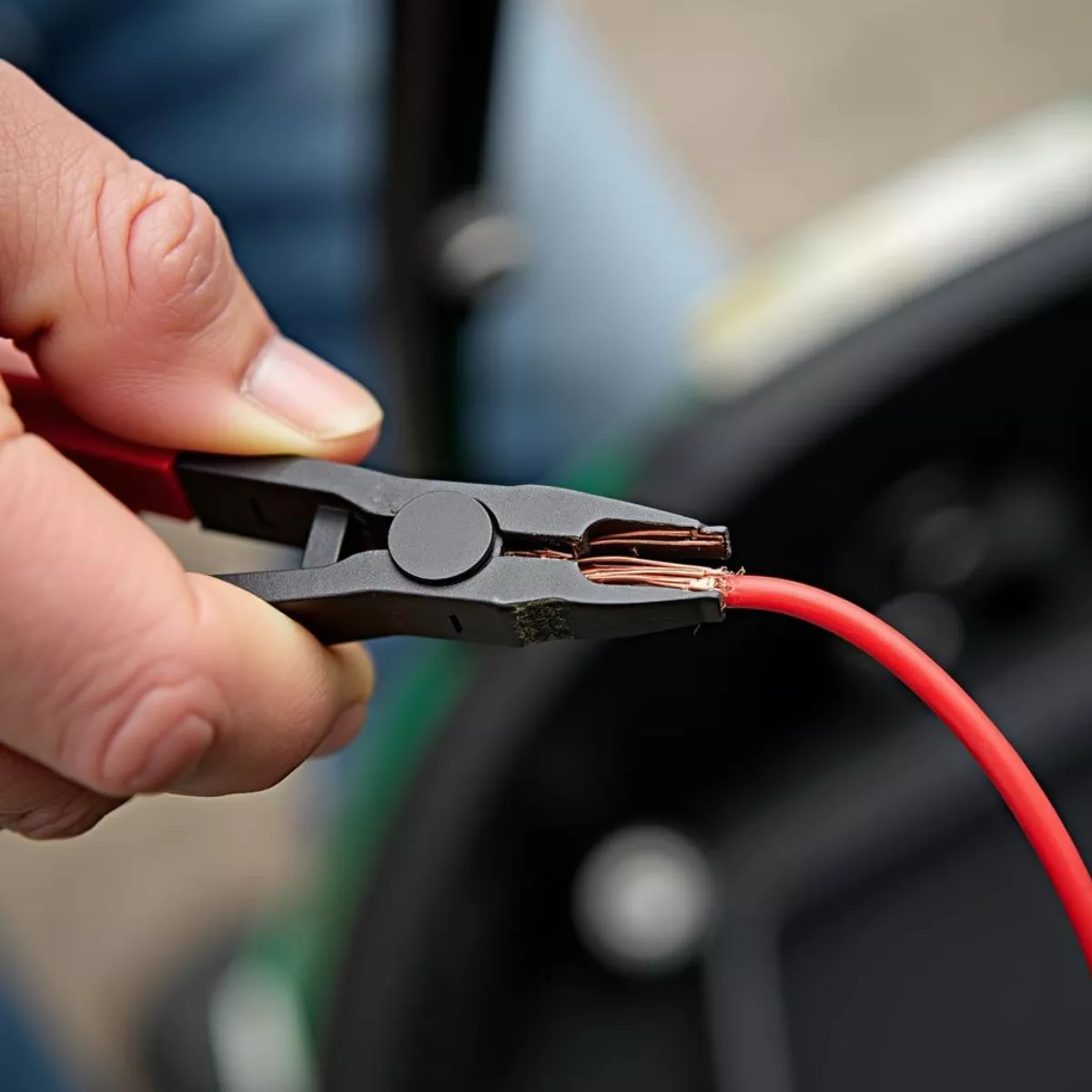 Stripping golf cart ignition wires
Stripping golf cart ignition wires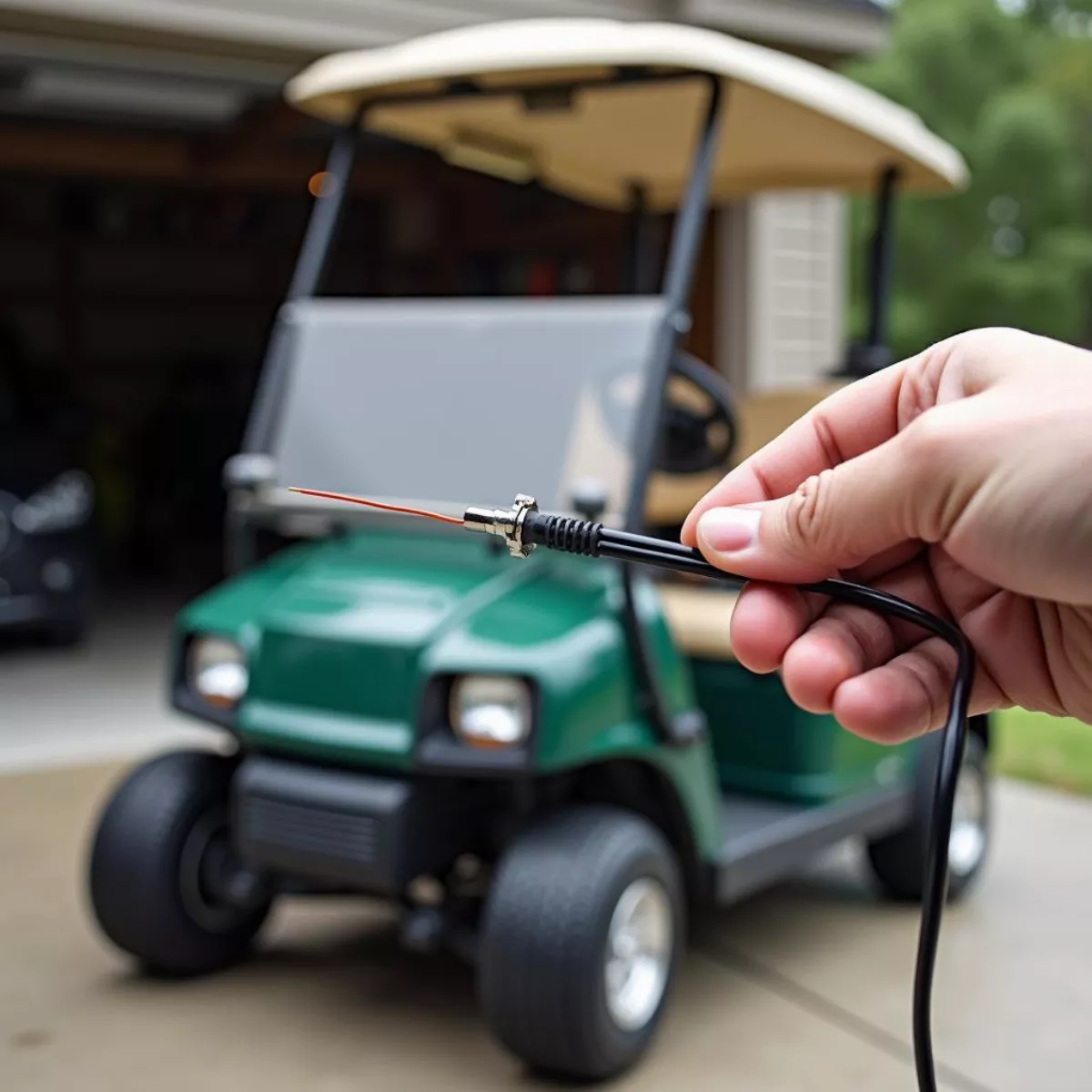 Golf cart starting after hotwiring
Golf cart starting after hotwiring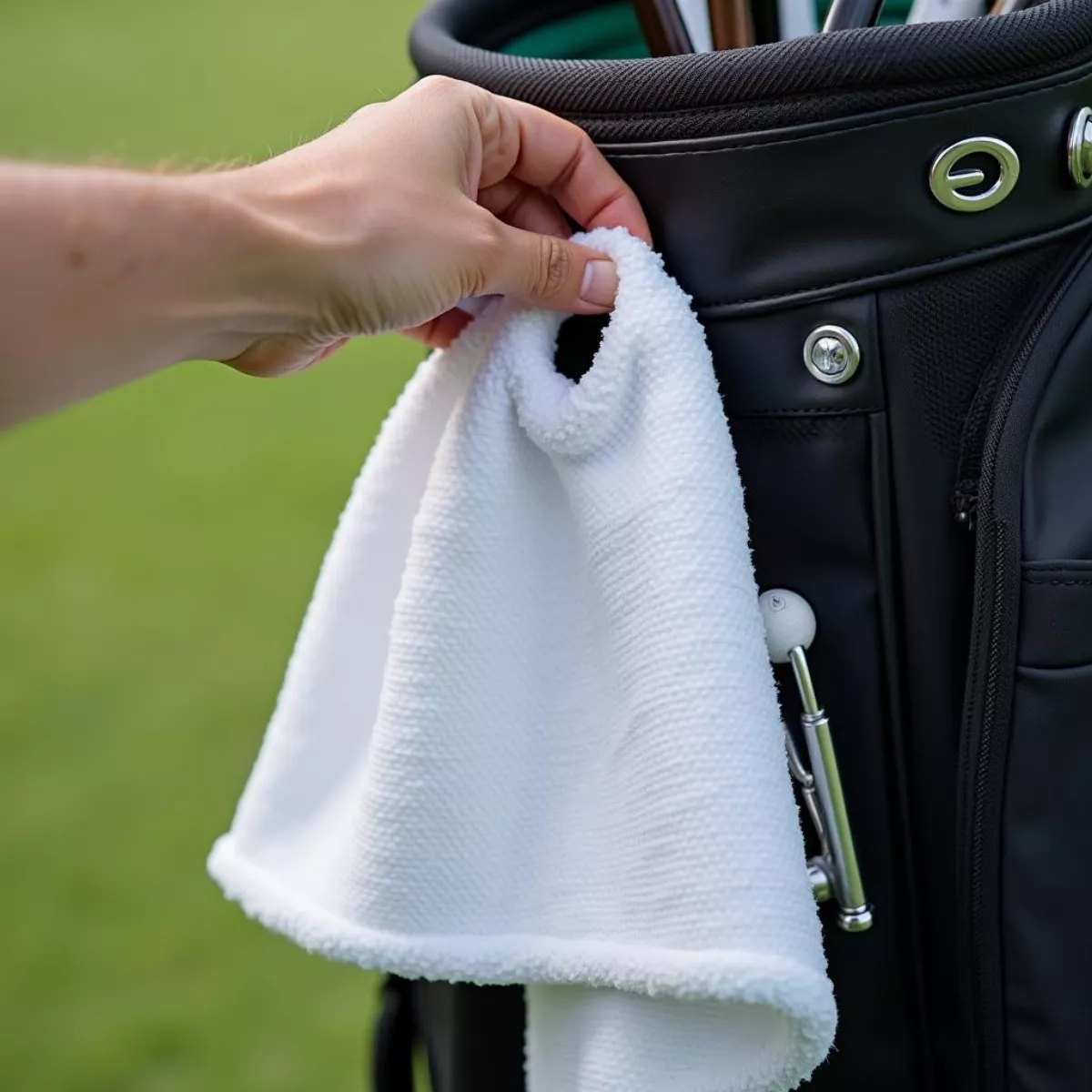
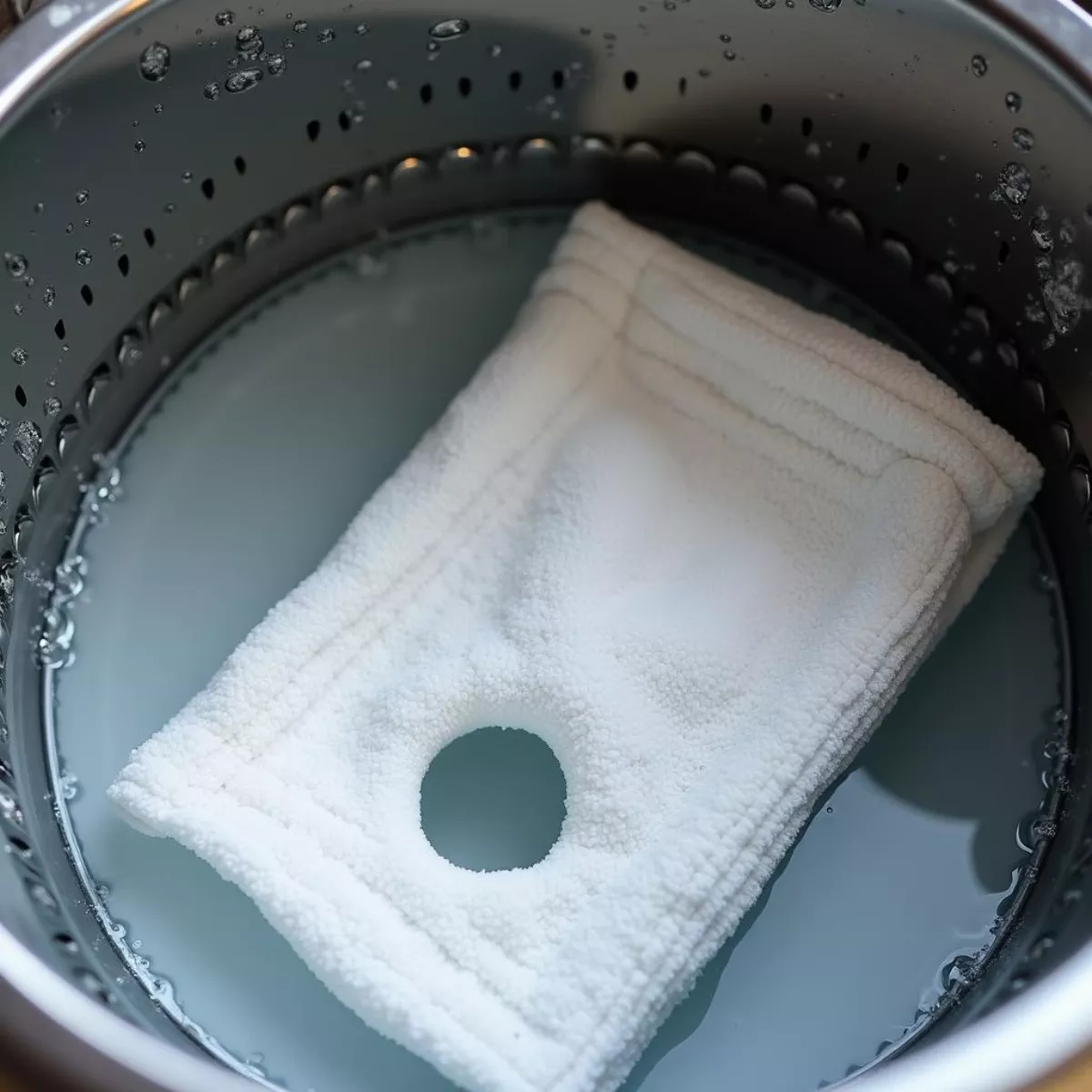 Washing Golf Towel
Washing Golf Towel 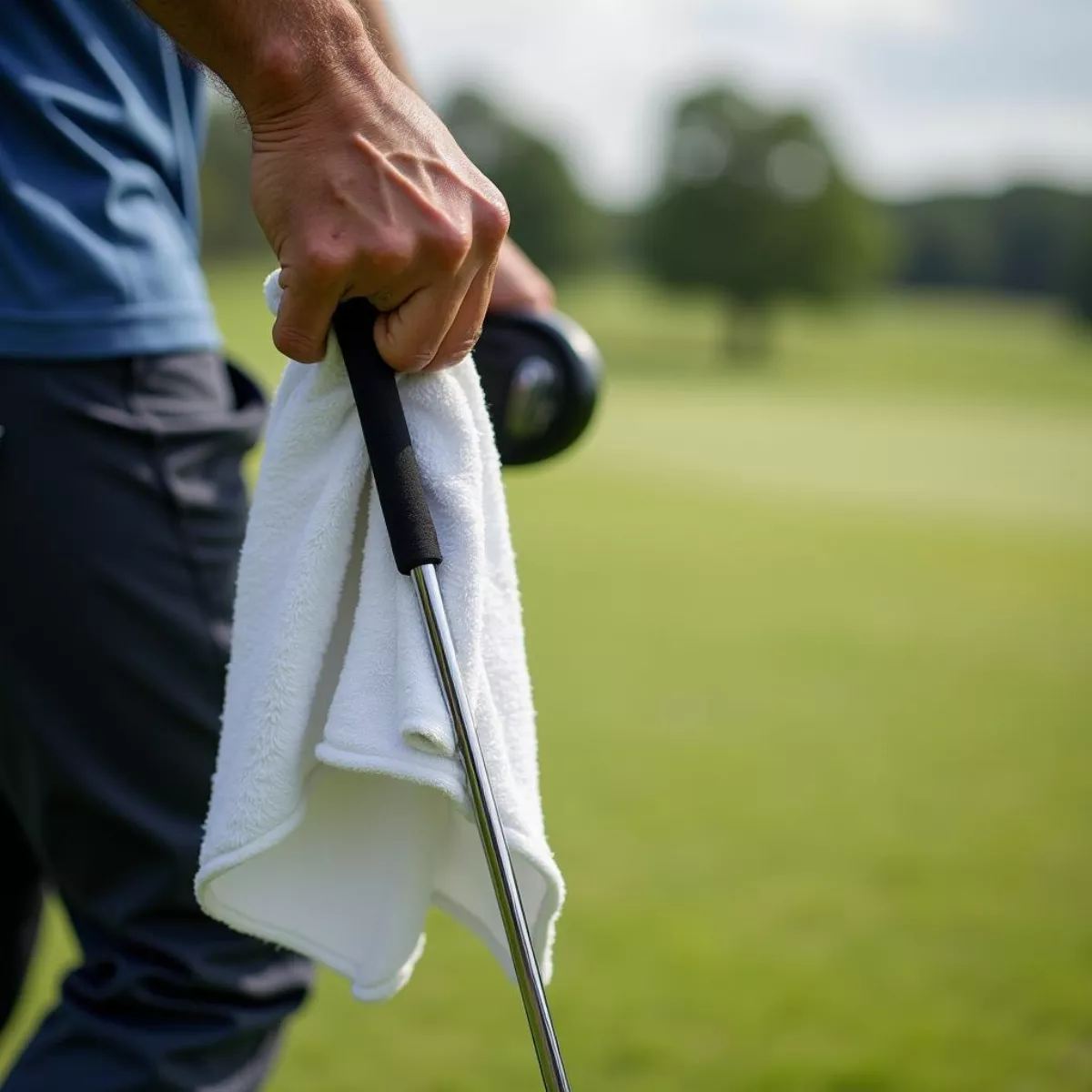 Golfer Using Towel
Golfer Using Towel 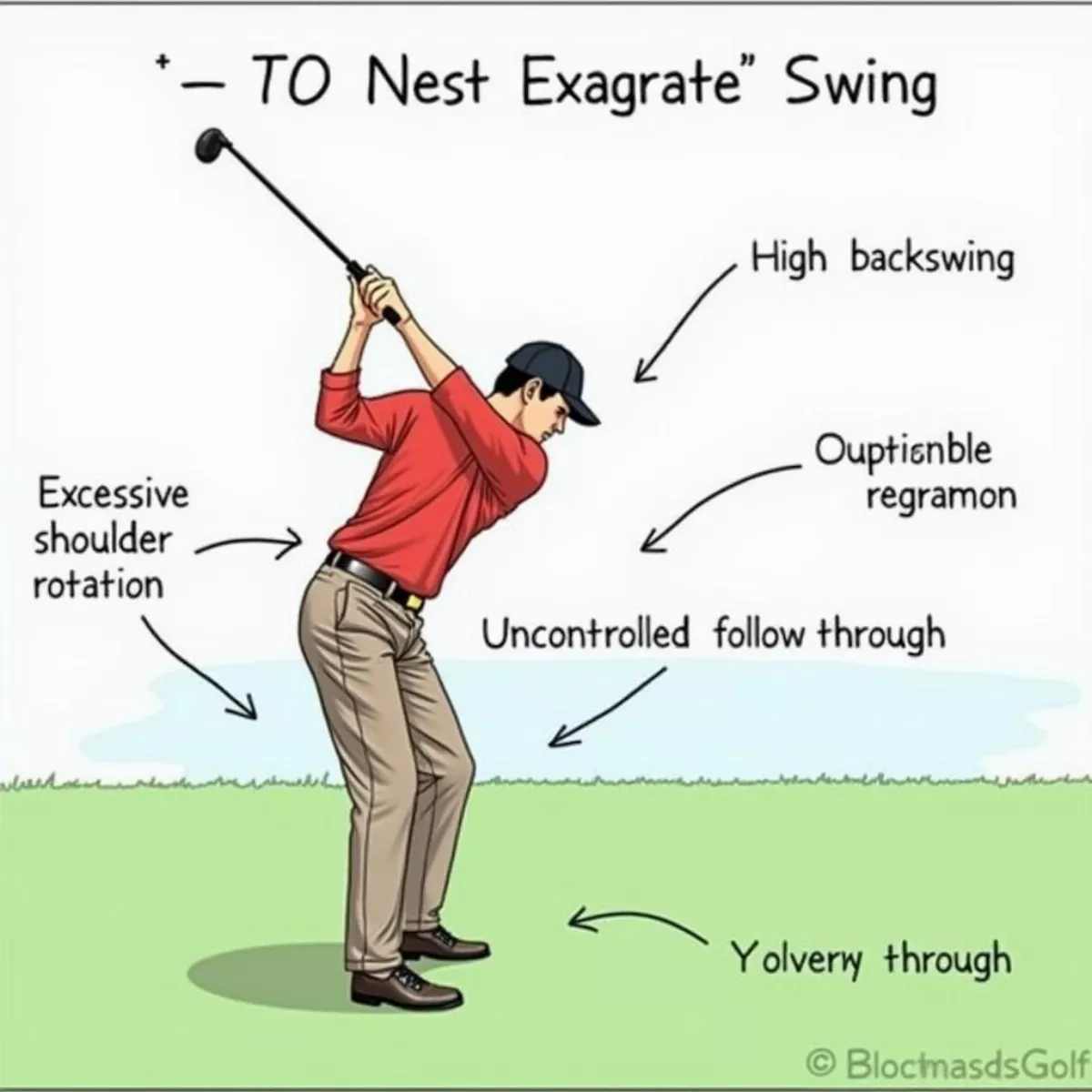
 Golfer Demonstrating Correct Stance and Grip
Golfer Demonstrating Correct Stance and Grip Golfer Performing Drills for Swing Improvement
Golfer Performing Drills for Swing Improvement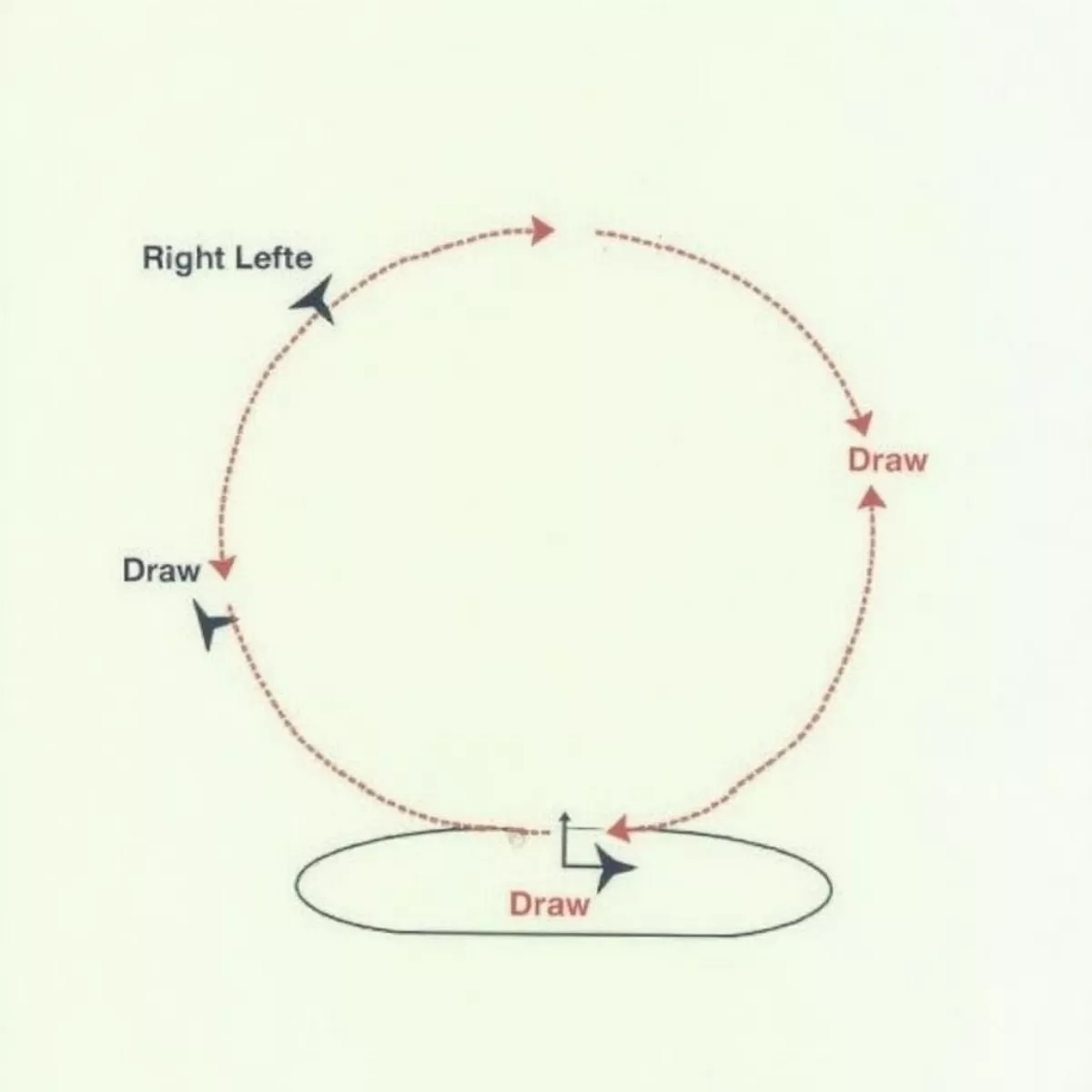
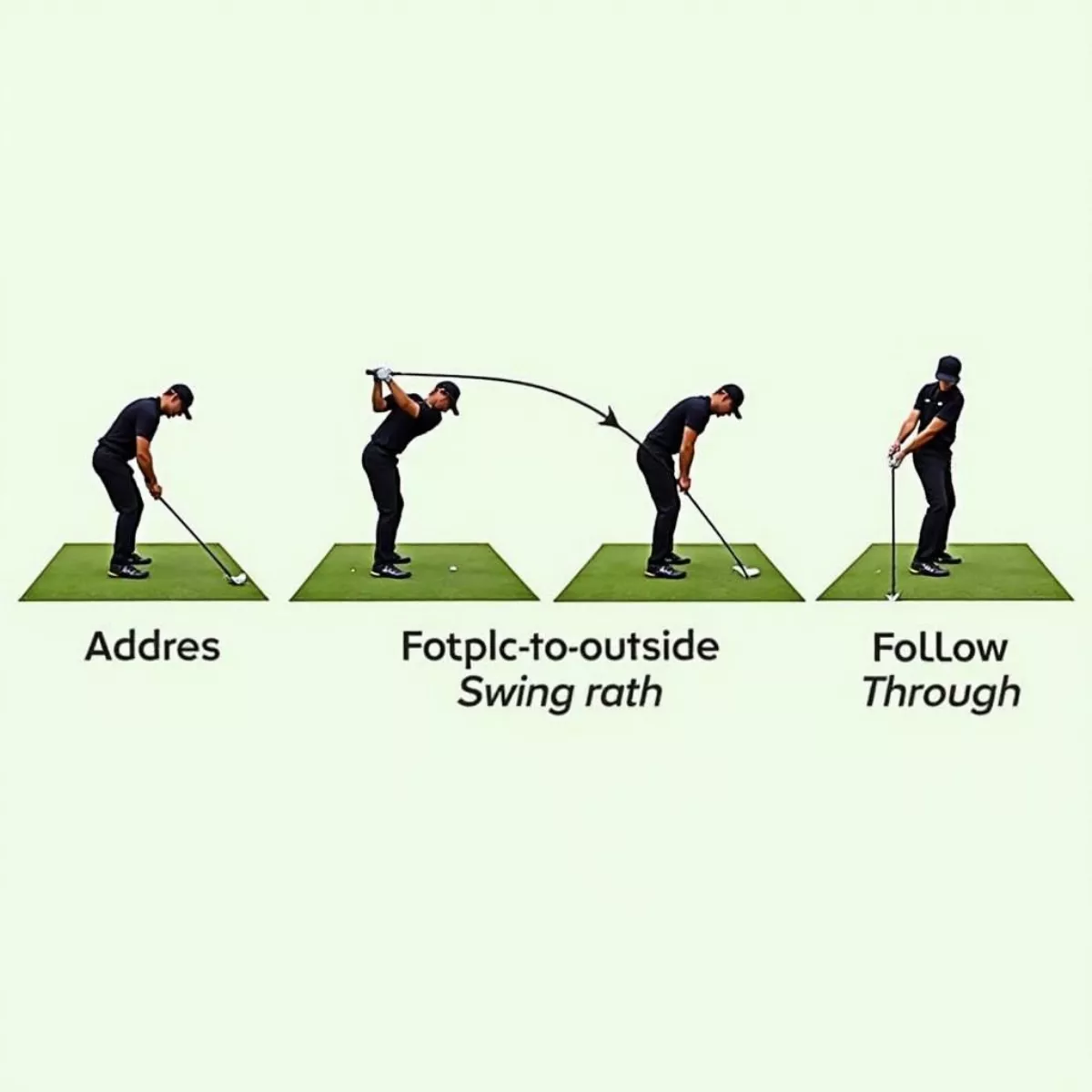 Golfer Demonstrating Swing Path for a Draw
Golfer Demonstrating Swing Path for a Draw Golfer Visualizing a Draw Shot
Golfer Visualizing a Draw Shot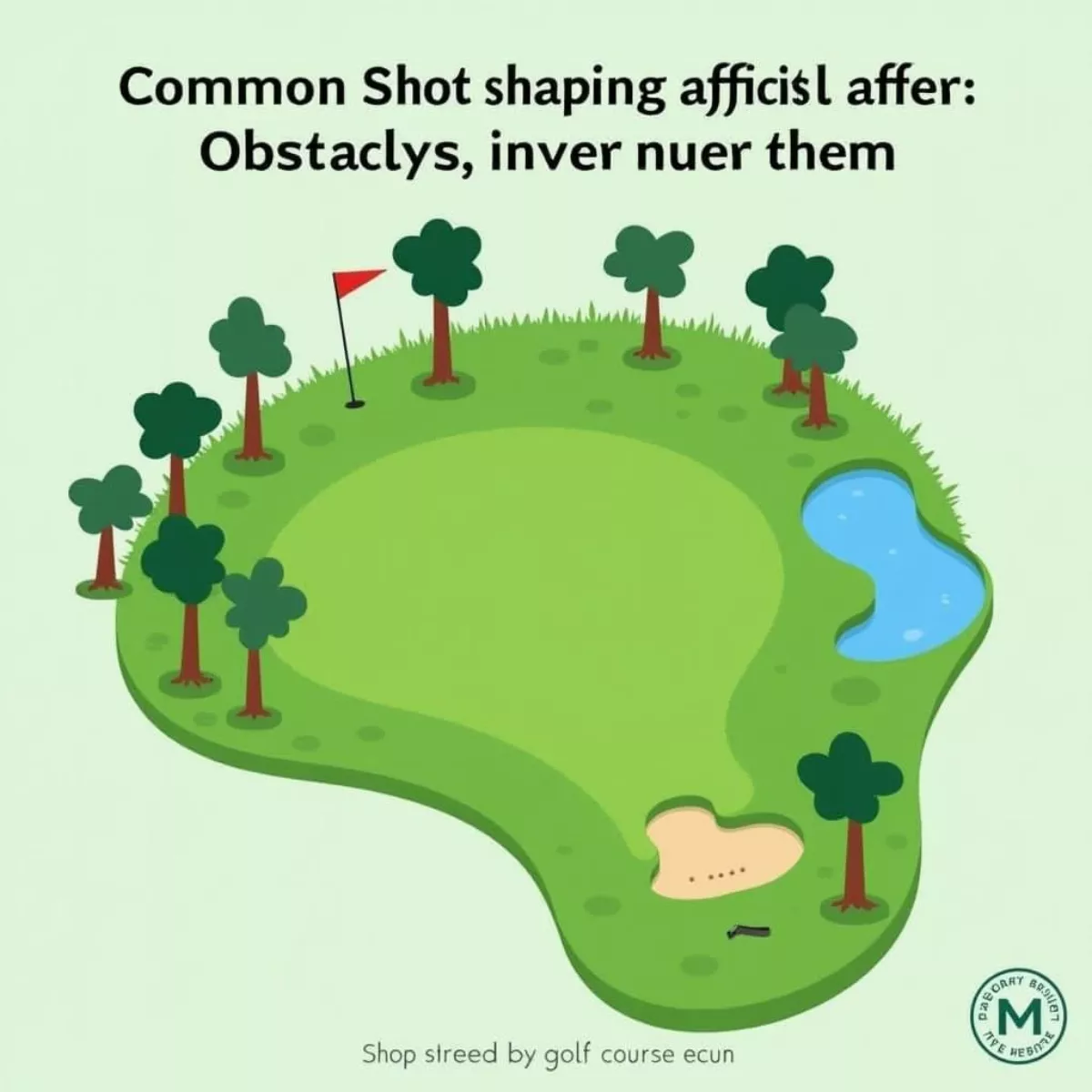
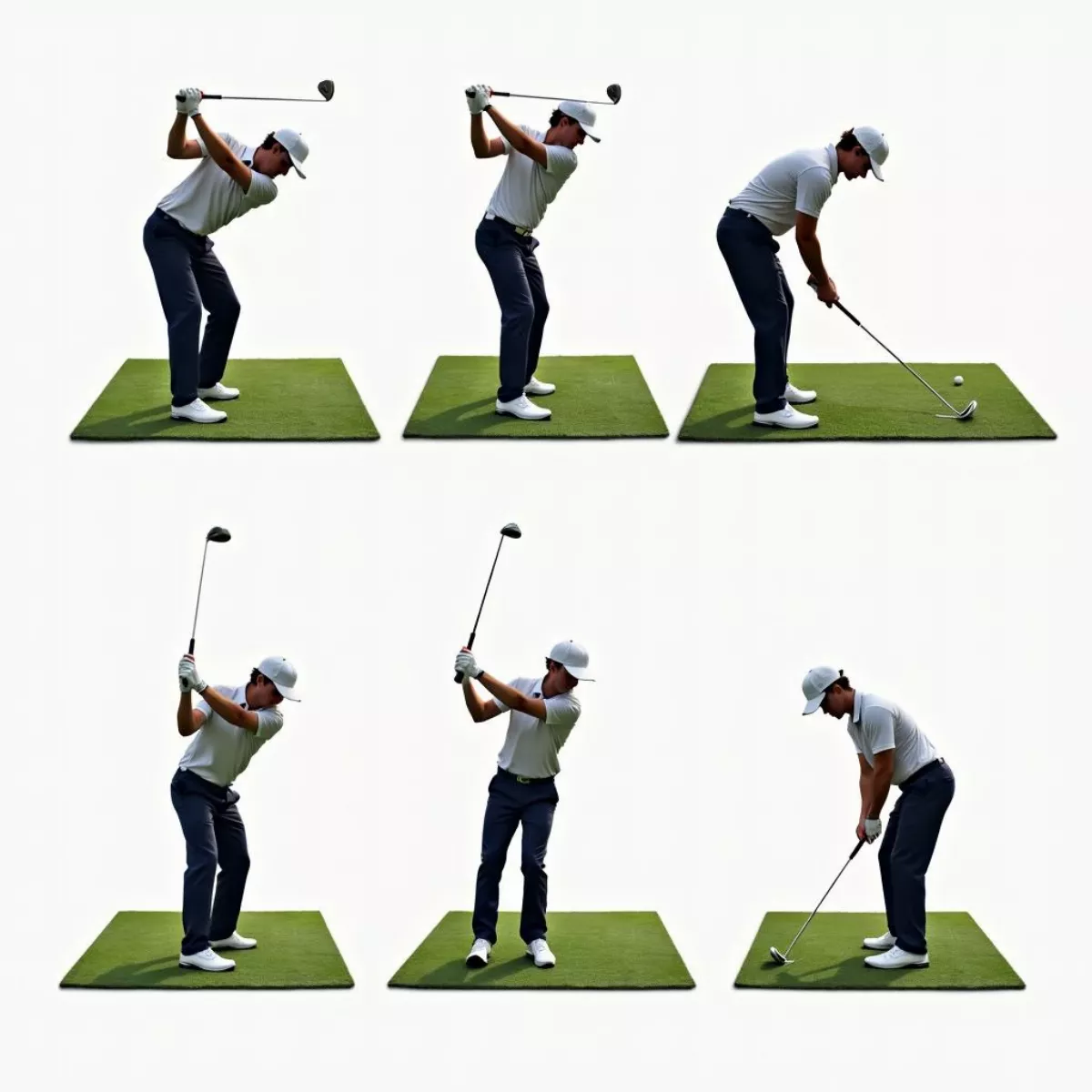 Golfer Executing a Draw Shot
Golfer Executing a Draw Shot Golfer Celebrating a Successful Shot
Golfer Celebrating a Successful Shot
 Golf Cart Safety Check
Golf Cart Safety Check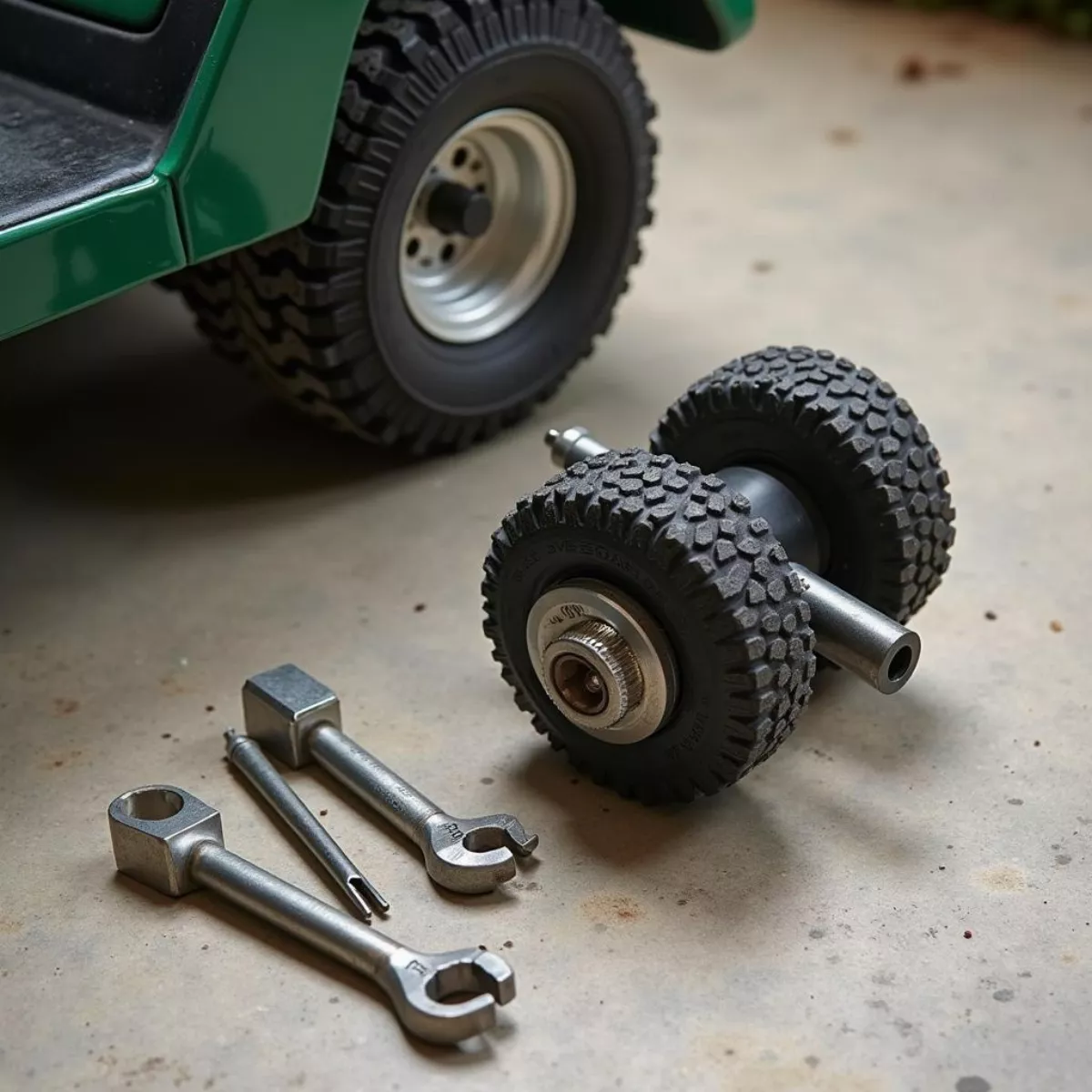 Disabled Golf Cart Governor
Disabled Golf Cart Governor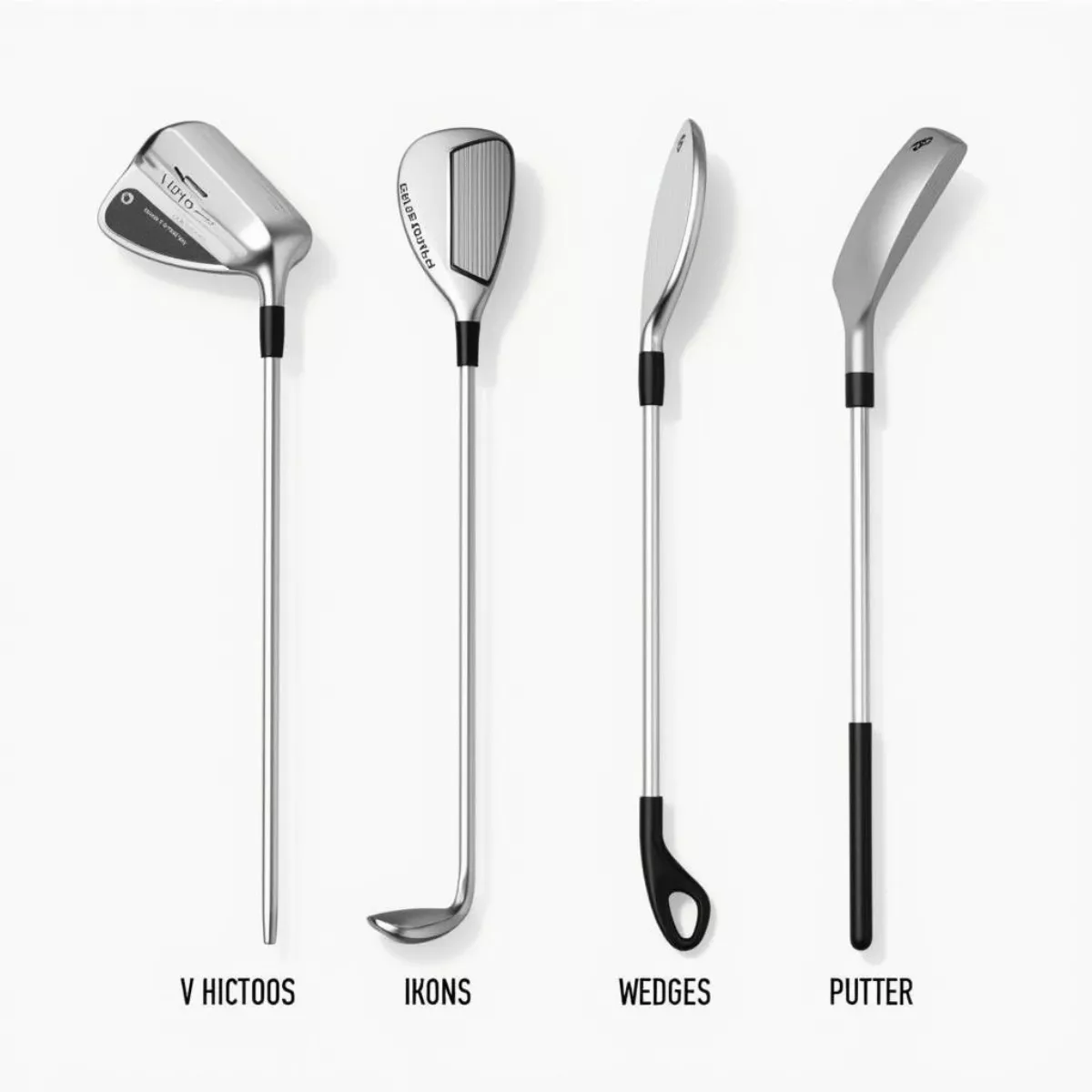
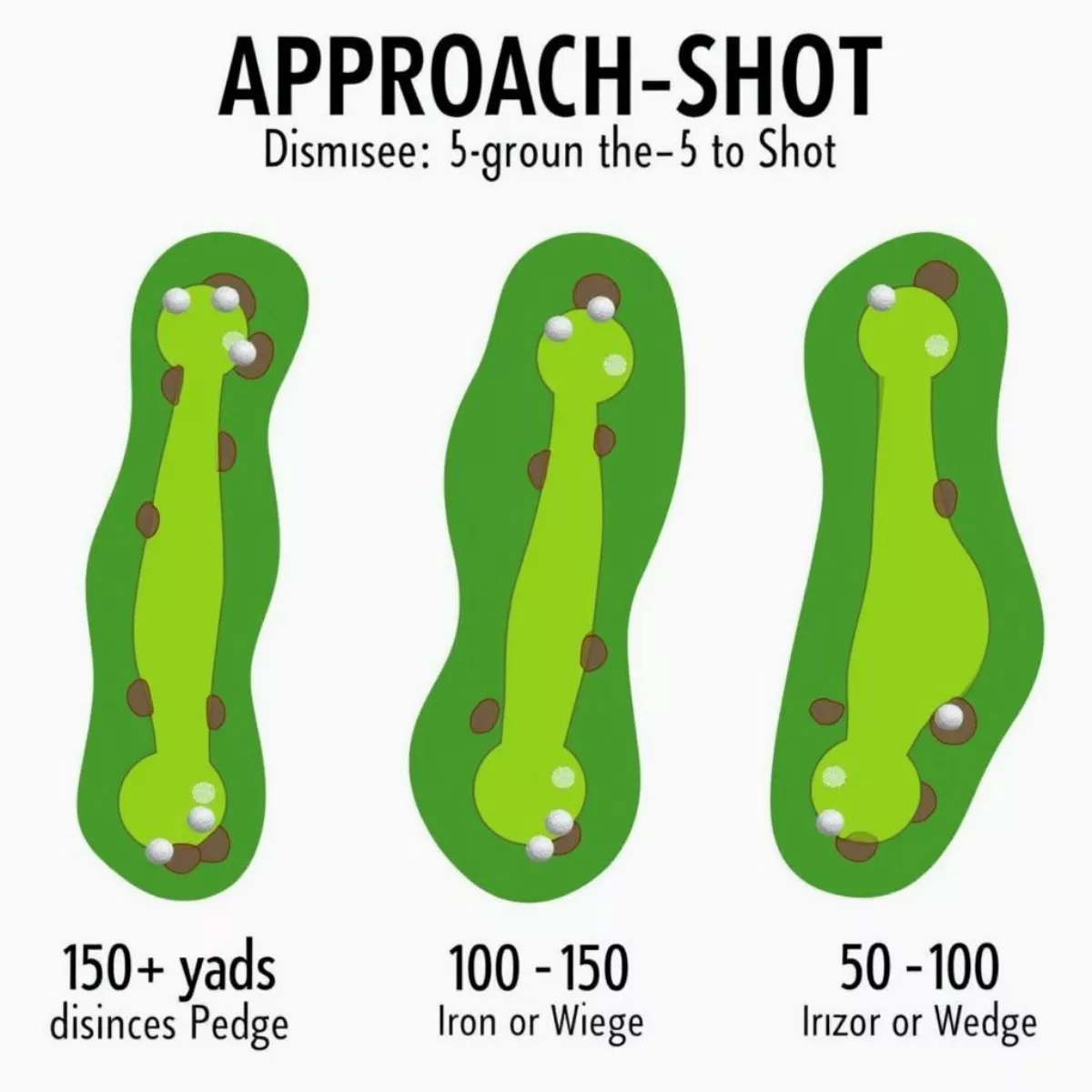 Golf Course Approach Shots
Golf Course Approach Shots Golfer Choosing a Club
Golfer Choosing a Club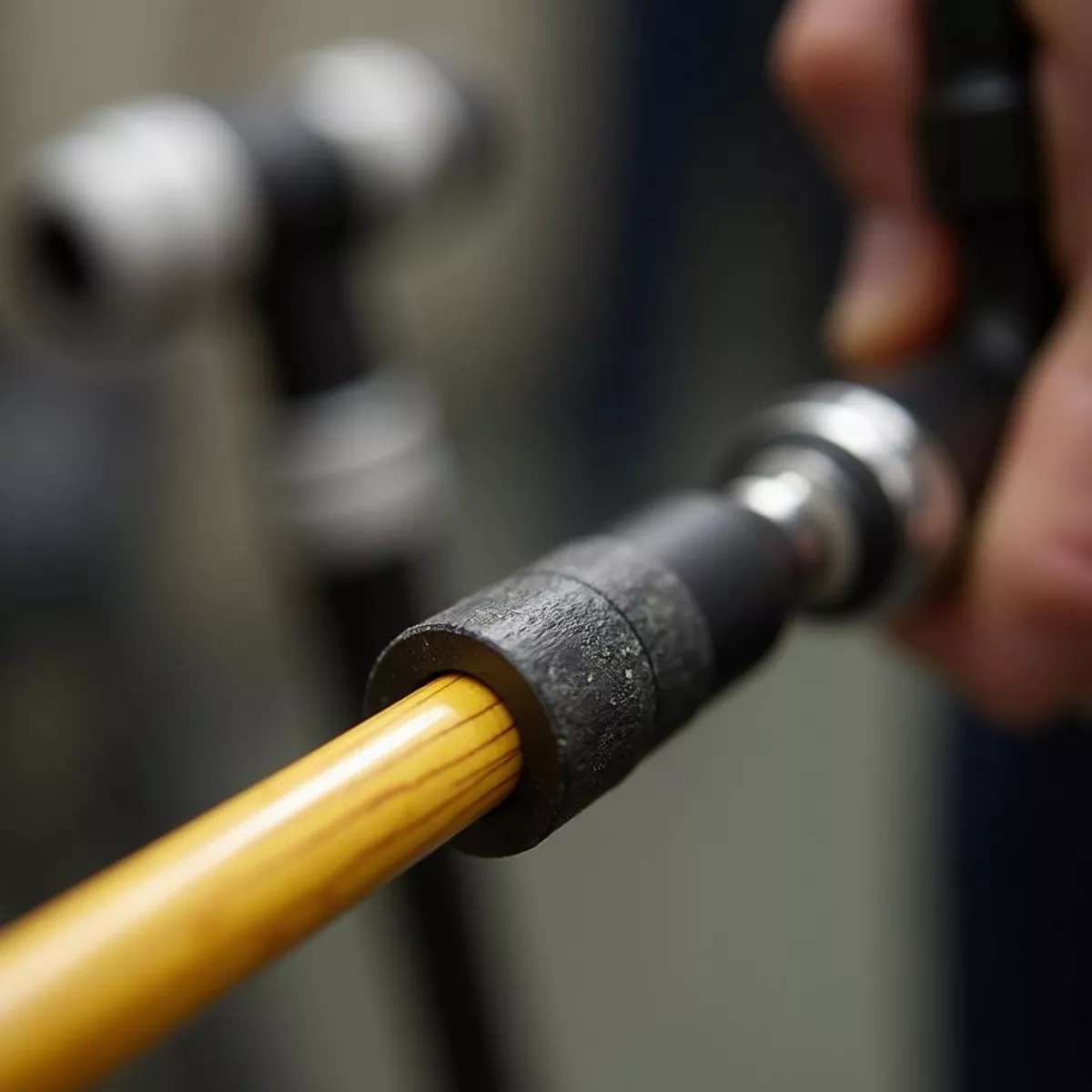
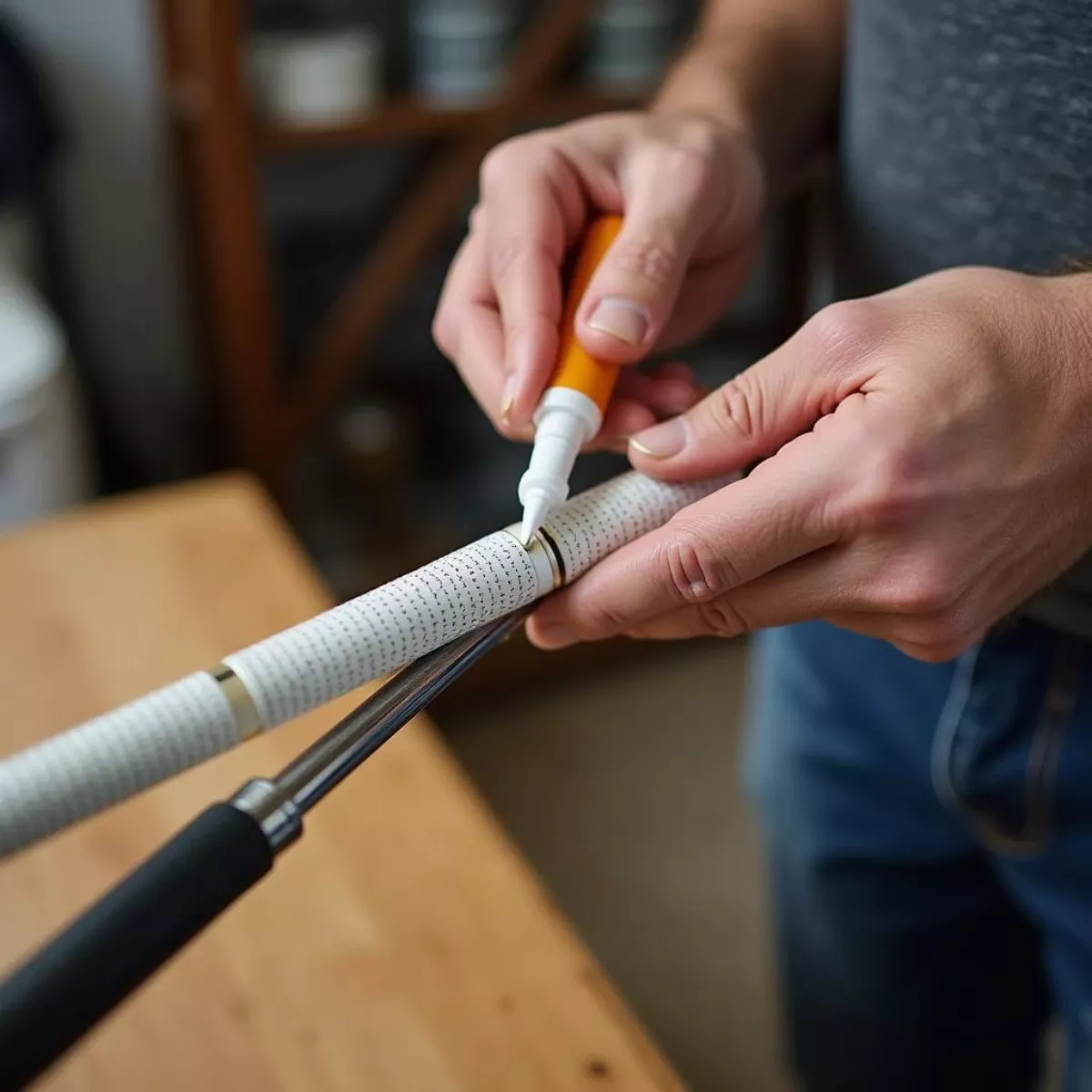 Reattaching Golf Grip
Reattaching Golf Grip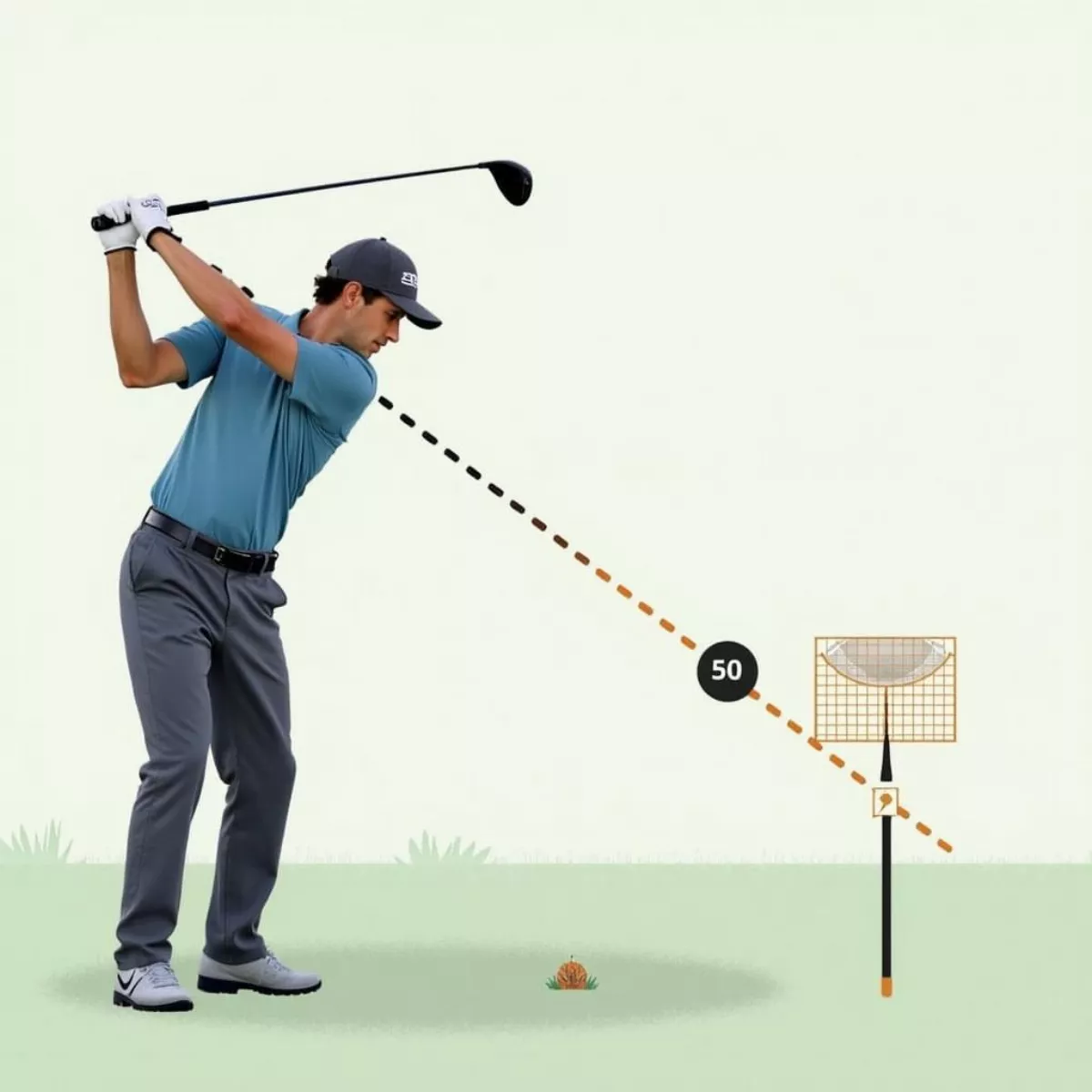 Golf Swing Mechanics
Golf Swing Mechanics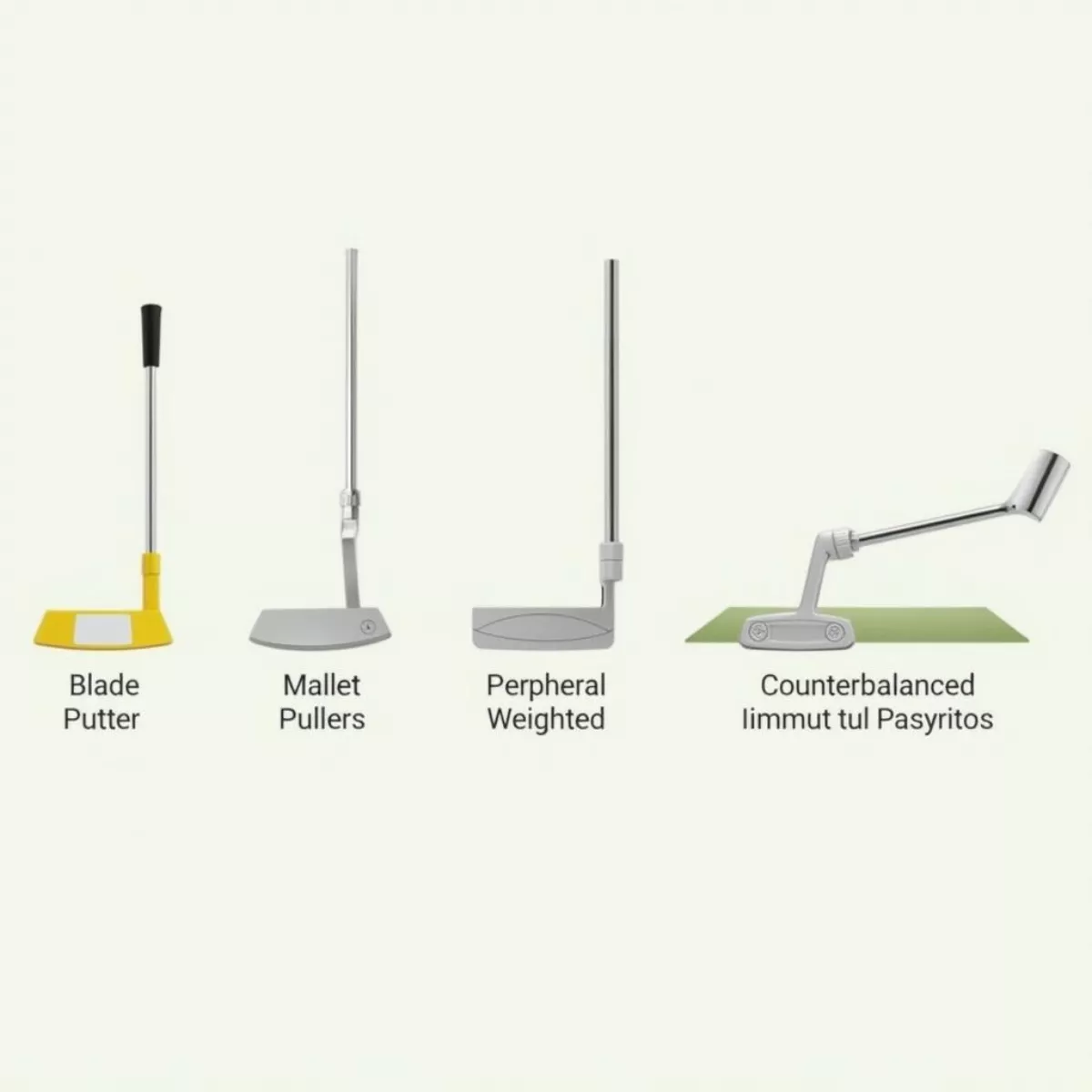
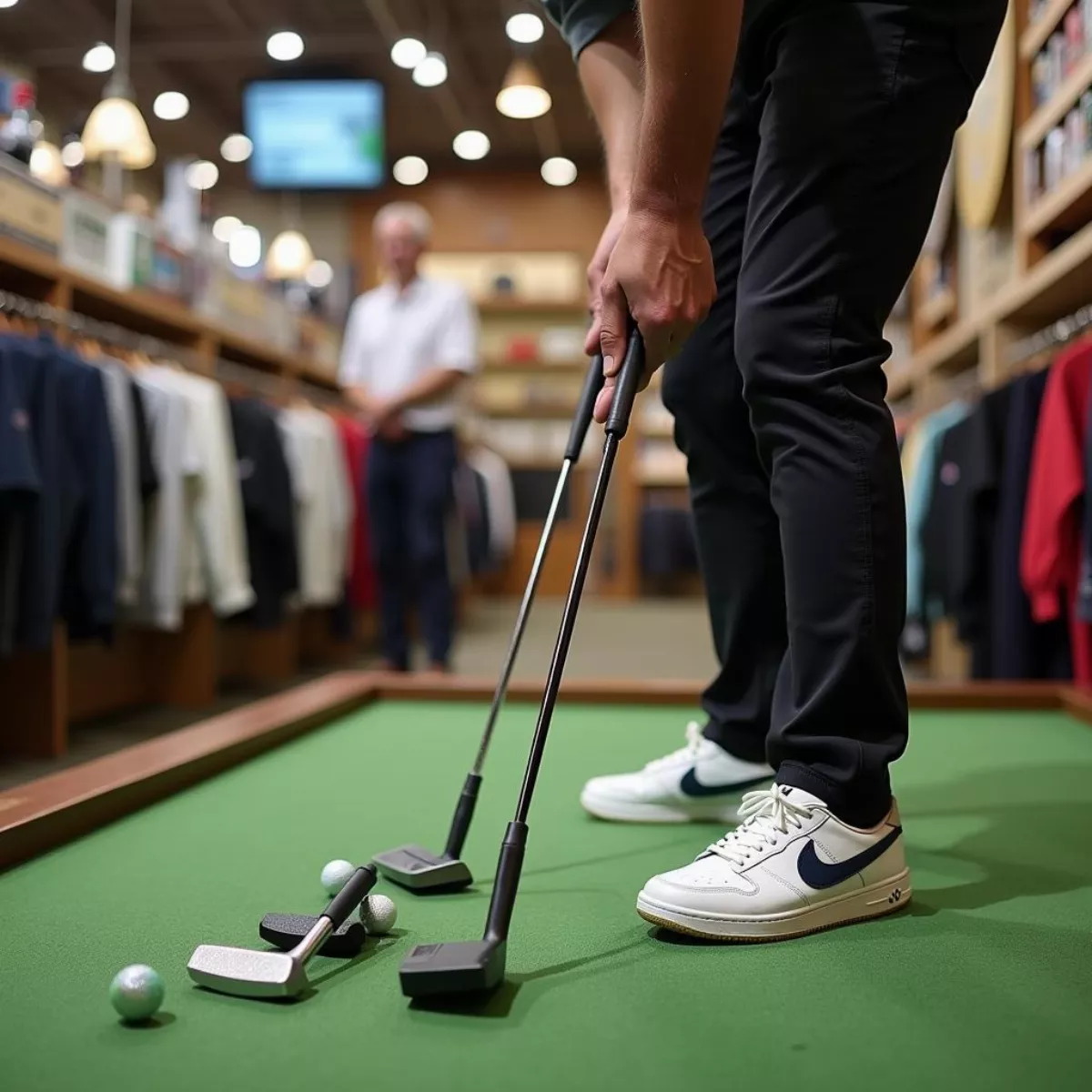 Golfer Testing Putters in a Shop
Golfer Testing Putters in a Shop Professional Golfer Custom Putter Fitting
Professional Golfer Custom Putter Fitting